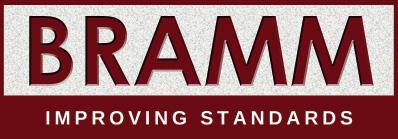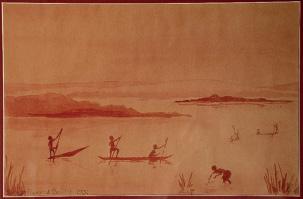The ICCM Journal | Autumn 2020 | V88 No. 3
19
researching lone deaths and public health funerals A study by Dr Glenys Caswell and Dr Nicola Turner of the University of Nottingham Working as you do in the cemeteries and crematoria sector you will be much more familiar with public health funerals than most members of the public. You will understand the legal background, and you will know why and how public health funerals come about. You will also know what they are like in practice and how difficult they can be for all involved. Often such funerals can seem sad. No one appears to mourn the person who died, and little seems to be known about their life. Until recently our personal knowledge of public health funerals was limited to reading about them and talking to people involved. Just before the pandemic lockdown, however, we were both privileged to attend two different funerals. Each of us attended a cremation and a burial. The services were led by a civil celebrant. If the lockdown had not begun, we would have wished to attend more. The reason we attended these two funerals was as part of a research project we were carrying out. The research aimed to explore what we call lone deaths. We define a lone death as one where the person concerned lives alone, dies alone at home and then their body is not found for an extended period of time. We are researchers at the University of Nottingham and we both have an interest in exploring the ways in which, as a society, we manage death and dying. In this piece of research we wanted to understand how lone deaths could come about. How was it that people could be so cut off from others that no one noticed when they died? Was it that their families and communities had abandoned them? We also wanted to learn about the processes that take place after someone dies a lone death. What are the legal requirements, we wondered? Who makes decisions about whether it should be a burial or cremation? Who, if anyone, looks for family members? What do people working in the sector think and feel about this part of their role? Our research was funded by the Leverhulme Trust and we began work in August 2018. The first thing we did was to carry out a media review, exploring news media responses to lone deaths. Such reports are influential, in that this is how most people learn about lone deaths. Next, over the following 18 months or so, we established ten case studies. A case study is a way of gathering information about one case from a number of different sources. For us, each case study was focused on the lone death of one individual. To set up the case studies we drew on a variety of sources. For example, we reviewed coroner files on the case. Coroner files included documents such as statements from police
officers, from members of the public who were witnesses, and from family members. They also included the post-mortem Dr. Glenys Caswell and Dr. Nicola Turner report, and details about the inquest (if there was one) and the coroner’s conclusion about the case. We also reviewed the media coverage of the case. Media coverage varied, but there was always at least one item in the local paper. All of it, of course, is readily available online. Whenever possible we also interviewed someone who had known the person who died. This was the most difficult aspect of the research. In most cases there was no family to approach and ask for an interview. In the end we completed four such interviews, each about a different case study. The third way in which we explored the topic of lone deaths was to interview professionals. We talked to people working in local authorities, who had responsibility for managing public health funerals. We talked to funeral directors and funeral celebrants. Between us we attended four public health funeral, two cremations and two burials, to observe such funerals in practice. What did we find? For us as researchers attending public health funerals, at first sight they appeared the same as any other funeral we had attended. The coffin arriving in a smart hearse – it is not too surprising nowadays for there to be no display of flowers with the coffin, as families opt for donations to charity instead. The funeral director, their staff, the celebrant and the cemetery/ crematorium workers all smartly dressed. The funeral director paging the hearse for the final yards to the venue and then leading the coffin inside or to the graveside. It was as we entered the cemetery chapel or arrived at the open grave and took our places that the differences were brought home to us. There was no one to mourn, apart from workers. The funeral celebrant talked about the ‘celebration of a meaningful life’ as the reason we had come together but knew so little about the person who had died. A eulogy was given, comprised of just one or two scant pieces of information. Speaking to the celebrant after the funeral, we heard how hard it was for them to write and deliver a meaningful service in these circumstances. Out of our ten case studies, seven are men, three are women. We think that men do undergo lone deaths more often than women, but we took on cases as they came our way. Two of our cases are Welsh and eight are English.















